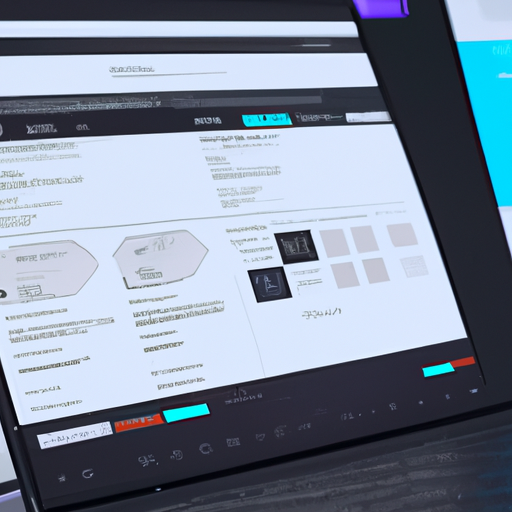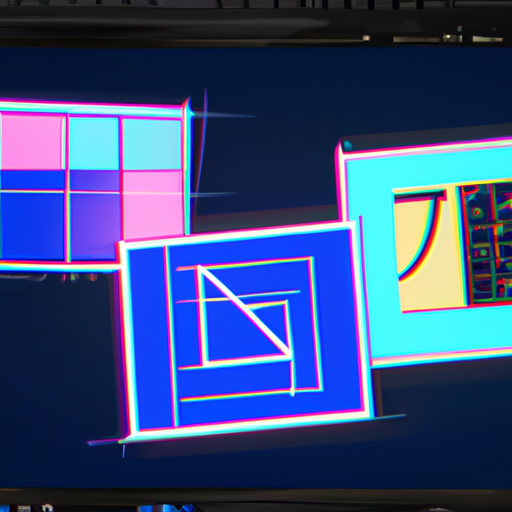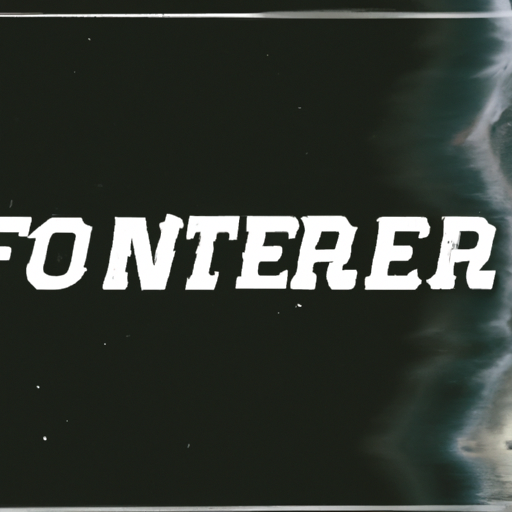“Revolutionizing Digital Communication: The Top 5 Web3 Platforms Redefining Online Interaction.”
Exploring the Top 5 Web3 Platforms Redefining Online Interaction

The advent of Web3 platforms has revolutionized the way we interact online, offering a more decentralized, secure, and user-centric internet experience. These platforms are redefining online interaction by leveraging blockchain technology, smart contracts, and decentralized applications (DApps). This article explores the top five Web3 platforms that are leading this digital transformation.
First on the list is Ethereum, a trailblazer in the Web3 space. Ethereum is a decentralized, open-source blockchain platform that supports smart contracts, enabling developers to build and deploy DApps. It has a native cryptocurrency, Ether (ETH), which is used to facilitate transactions within the network. Ethereum’s robust smart contract functionality has made it a popular choice for developers, leading to the creation of numerous DApps that range from games to decentralized finance (DeFi) applications.
Next is Polkadot, a multi-chain platform that allows different blockchains to interoperate in a shared security model. Polkadot’s unique architecture enables the transfer of any type of data across different blockchains, fostering innovation and collaboration in the Web3 ecosystem. Its relay chain provides security to the network, while its parachains allow for the creation of custom blockchains.
Third on the list is Cosmos, often referred to as the “Internet of Blockchains.” Cosmos aims to solve the scalability and interoperability issues prevalent in the blockchain space. It uses a consensus algorithm called Tendermint, which allows for the creation of highly scalable DApps. Cosmos’ Inter-Blockchain Communication (IBC) protocol enables different blockchains to communicate and transact with each other, further enhancing interoperability.
Fourth is Cardano, a blockchain platform built on a scientific philosophy and a research-first approach. Cardano’s unique layered architecture separates the settlement and computational layers of the blockchain, improving scalability and security. It also uses a unique proof-of-stake consensus algorithm called Ouroboros, which is more energy-efficient than the proof-of-work algorithm used by many other blockchains.
Last but not least is Solana, a high-performance blockchain platform designed for decentralized applications and crypto-currencies. Solana’s unique selling point is its speed and scalability. It can process thousands of transactions per second, making it an attractive platform for developers looking to build fast, secure, and scalable DApps.
In conclusion, these top five Web3 platforms are redefining online interaction by offering a more decentralized, secure, and user-centric internet experience. Ethereum’s smart contract functionality, Polkadot’s multi-chain interoperability, Cosmos’ scalability, Cardano’s research-first approach, and Solana’s high-speed transaction processing are all contributing to the evolution of the internet. As these platforms continue to innovate and grow, we can expect to see even more exciting developments in the Web3 space.



